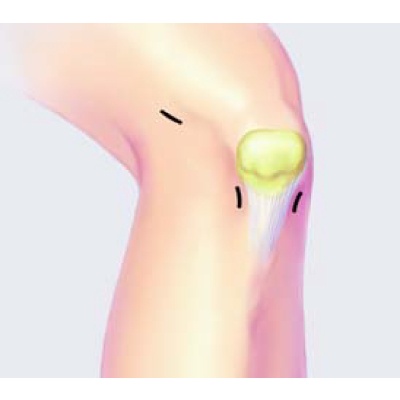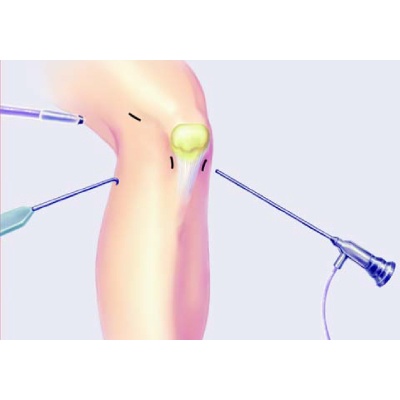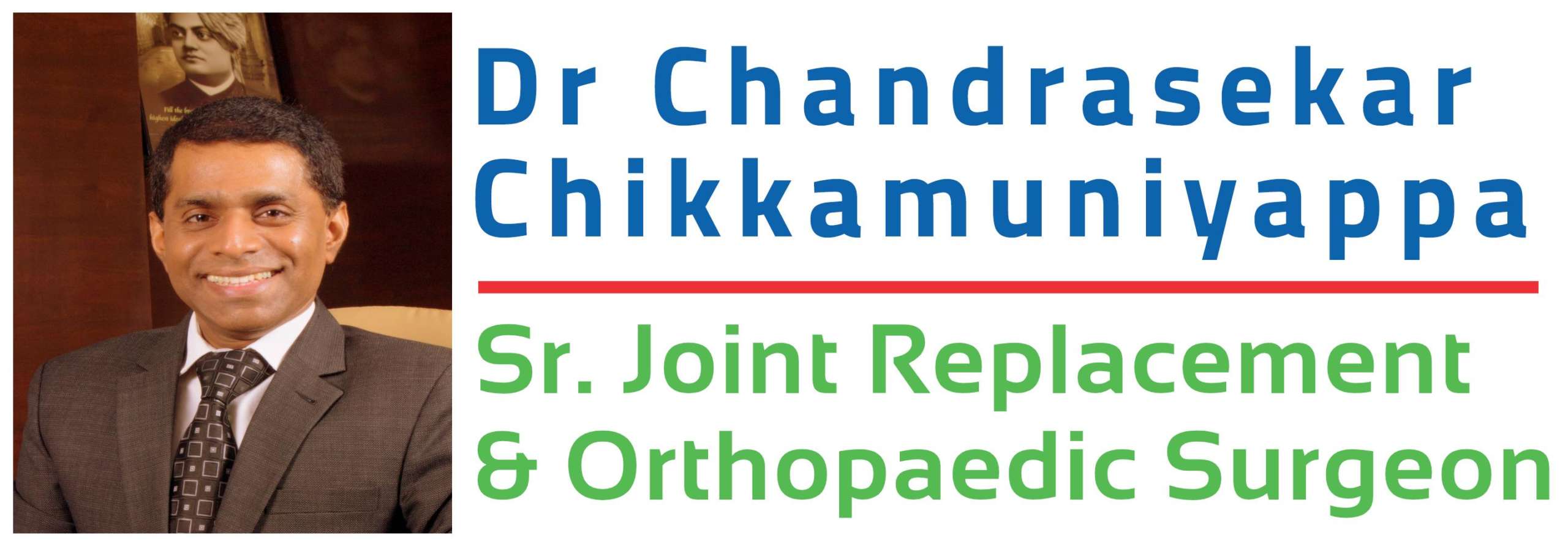Arthroscopic Knee Surgery (Key Hole Surgery of the Knee)
Before understanding arthroscopy it’s important to know how the knee functions and makes it work. Human knees are hinge-like joints made up of three bones- the femur (thigh bone), the tibia (shin bone) and the patella (knee cap). To bend the knee, femur rolls against the end of the tibia and patella glides to the front of the femur. However, to facilitate its functioning, knees have muscles and ligaments to provide stability, the synovial fluid for lubrication in between the bones and the cartilage as cushion between femur and tibia. There is also special structure called the meniscus between the cartilage ends of femur and tibia, to provide additional cushioning & stability to the knee joint. Any damage, weakness or tear on any of the above parts can cause severe pain and movement restrictions.
Arthroscopic knee surgery is one of the most commonly used surgical techniques to detect and treat knee joint issues. It helps to cure various types of knee injuries/problems with minimal incisions (key holes). The process involves insertion of a small fibre-optic telescope known as arthroscope into the knee through a tiny incision. The arthroscope allows the surgeon to get a view on the inside of the knee on the TV monitor and if required he/she will repair the damage or issue with small instruments.
The risks associated with this surgery are limited and the outcome is good for most of the patients. The greatest advantage of this surgery is that it executes a major work without any major surgical incisions and has a faster healing and recovery time.


Need for Arthroscopic knee surgery
Doctors recommend arthroscopic knee surgery when a patient experiences knee pain or other symptoms like instability, locking, swelling and does not respond to non-surgical treatments like rest, medications, physical therapy or injections to reduce inflammation. While there are many different problems that are dealt with arthroscopy, the most common type include:
- Torn anterior or posterior cruciate ligaments
- Torn meniscus
- Out of position patella
- Torn cartilage pieces standing loose in the joint (loose bodies)
- Arthroscopic assisted Fracture fixation around the knee bones
- Swollen Synovium
Procedure of arthroscopic surgery
Arthroscopic (Key Hole) surgery is executed through the following steps:
- Before the surgery begins, the doctor shall put the patient on anaesthesia. This could be:
- Local anaesthesia numbing the knees only
- Regional anaesthesia numbing from the waist down
- General anaesthesia putting you to sleep completely
- The knee is first marked for the exact areas in which the incisions are to be made for insertion of arthroscopic instruments. The surgery begins with the making of tiny incisions (key holes) in the knee.
- Sterile saline is pumped to expand the knee and distend the joint. This allows clear visualization of the structures inside the knee.
- The arthroscope enters through one of the cuts and the surgeon looks around the joint through the attached camera.
- Based on the images seen on the monitor through the camera various type of special-purpose instruments are inserted to examine the damaged tissue. Then arthroscopic instruments are inserted into the incisions to repair/rectify the damage.
- Post-surgery, the saline water is drained from the joint and the cuts are closed with stitches.
Risks associated with the surgery
Though the risks associated with this surgery are minimal but risks and possibilities of excessive bleeding, infection, breathing difficulties or allergic reaction by anaesthesia cannot be entirely dismissed. However, complications if any occur can be treated very effectively.
Recovery from arthroscopic surgery
Being a not so invasive procedure, for most people, the surgery completes within an hour (depending upon the complexity of the procedure performed).
The time span of recovery and outcome depends on the injury type and the type of arthroscopic surgical procedure performed however it’s most likely for the patient to be discharged on the same day or the following day. An ice pack on the knee and a dressing should be done as the ice could help in reducing the swelling and the pain. It is suggested to keep the leg elevated over a pillow, have ice on it at the interval. They are also expected to put you on an exercise regimen for the knee recovery and keep you under the care of a physical therapist until the knee returns to normality. The exercise helps to regain muscle strength and full motion on the knees.
Outcome of arthroscopy
In majority of the cases, patients return to complete unrestricted movement after arthroscopic knee surgery. Most of the patients can resume normal physical activity within 6 to 8 weeks of surgery. The time span for resuming work depends on the physical activity it involves. All such decisions are to be taken in consultation with surgeon. For some patients in fact a life style change could be suggested.

